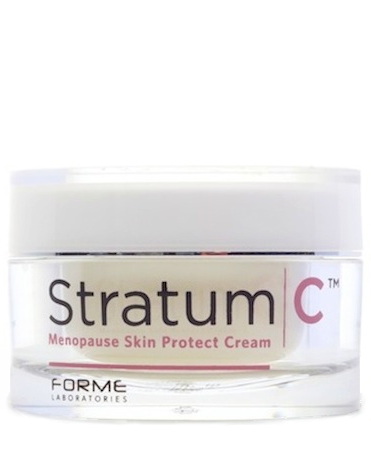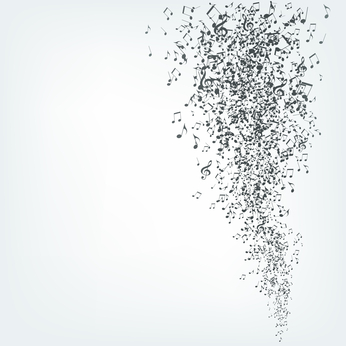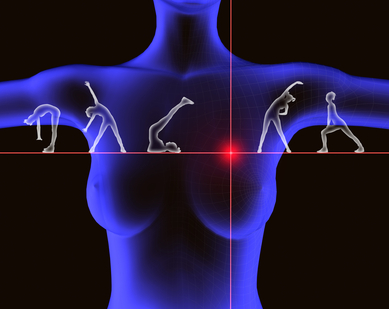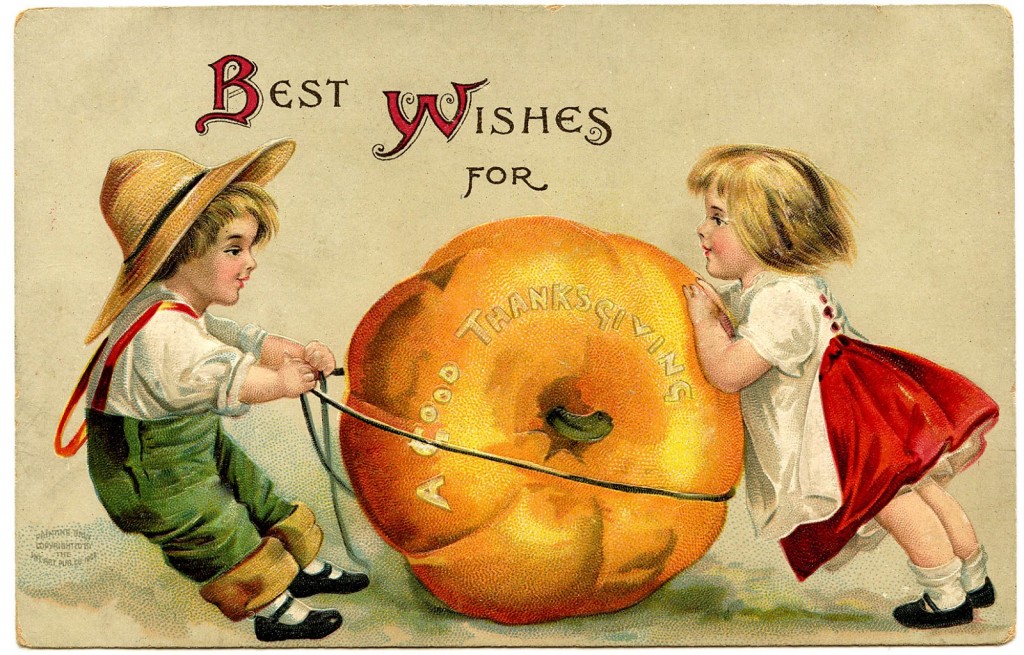The promise of the menopause skin cream – part 2
Do you remember Mikey, the kid who didn’t like anything, except Life cereal? Well, when it comes to menopausal promises, I’m just like Mikey. However, I am going to eat my words this month, words slamming Stratum C and the promise to restore the youthful glow. In October, I shared news about Stratum C, a new cream formulated specifically for menopause skin that had been shown to relax facial muscles AND build collagen, while simultaneously moisturizing, promoting elasticity and providing a radiant glow. After I slammed the manufacturers, they offered to send me a sample with the mutual understanding that I would try it for a month but that I made no promises.
The verdict? I love the way that Stratum C feels going on and I will state unequivocally that in this subject of one, it did appear to soften my lines and improve my skin’s moisture levels and appearance. Whether or not regular use would yield significant, lasting results is beyond my one month test but I will say that I liked it so much, that I’d be inclined to try it for a longer time period. However, I’m sticking by my guns with regard to Stratum C’s ultimate ability to reverse the ravishes of environment and natural aging. And while I will reiterate that there is absolutely no doubt that one of the peptides contained in this new cream and serum stimulates production of collagen (there are published studies demonstrating that), like a majority of dermatologists will tell you, a skin cream alone won’t turn back the signs of time permanently.
Keep in mind that, I only use skin products recommended by my dermatologist (I have rosacea and its accompanying acne issues). But guess what? I’m ready to do some show and tell the next time I visit him.
Hey Forme Laboratories! I like it. And as you’ve come to learn, that’s pretty unusual when it comes to products geared toward menopause.
Read More
Wednesday Bubble: Just press ‘play’
Now sex has an ‘easy button:’ Auditory Pheromones™. Never mind the Viagras of the world; according to Soulful Sex Coach Ellen Eatough and founder of Extatica, Inc, all you need is… love? Nope, not love, my dear readers, but music! Music “infused with auditory pheromones.”
In my five years devoted to writing about aging and menopause, I’ve never quite run across anything so absurd in my life. And while Eatough claims that jumpstarting one’s sex life is as easy as listening to her duel CD collection, Love Unbound, I think it’s time to step back and take stock of the number of promises listed on her website, a virtual Pandora’s Box of sexual fantasies unleashed at the push of a button:
- heightened libido and arousal rates
- increased passion and sexual response
- easier orgasms and multiple orgasms for women
- less inhibition, resulting in greater spontaneity
- deeper emotional intimacy
- better communication about sexual needs and desires
- an experience of sexual union
Although Eatough can’t explain how auditory pheromones work exactly to release the inner sexual being, she says that “We all develop patterns, or habits, to get through everyday life, but unconscious habits of emotional interaction, or the sequence of muscles we contract as we approach orgasm, can limit our range of potential response. When limiting patterns dissolve, exciting realms of possibility open up.” The thing is, many scientists will argue that genes cannot be activated by sound because we don’t have the sensory pathways that allow this. Human response to certain sensory stimuli, like music, are due to the release of neuropeptides. But enough of the scientific mumbo jumbo; Eatough says that there is a placebo-controlled study underway to demonstrate the existence of auditory pheromones and their role in creating a cornucopia of sexual pleasure and arousal, all at a push of an ‘easy button.’
Mindblowing? Indeed!
Read More
Have a heart? Move your body!
Ladies, listen up! Roughly one third of your life is spent in menopause and thereafter, which is why it’s so important to manage your health appropriately. One of the greatest issues during this time is heart disease, and after menopause, women are exponentially at increased risk for developing cardiovascular conditions compared to their male peers. Although there are numerous reasons for this increased risk, changes in hormones, namely estrogen, can set the wheels in motion, affecting weight, cholesterol levels and in some women, the way that they process sugar in their bloodstream. The bottom line is that as we lose the protective effects of the ovarian hormones, our cardiovascular system is at increased risk. Moreover, one of the most important consequences is the impact on what researchers refer to as ‘autonomic cardiovascular control,’ i.e. heart rate, pressure in the arteries, the ability of the heart to contract properly and the overall ability of the blood vessels to increase the amount of blood that they hold without significantly increasing blood pressure.
Until now, hormone replacement has been the go-to strategy to modify these heart disease risks. Yet, as we all know, the benefits of HRT with regard to heart disease prevention have been challenged and in fact, some studies show an increased rate of stroke and heart events.
The good news is that researchers are now saying that regular physical exercise may be the answer!
It’s a fairly well known fact that physical exercise can improve quality of life and even reduce the risk and/or overall progression of heart disease. One of the ways that it confers its protective effect is the direct impact on autonomic cardiovascular control mentioned earlier in this post. In particular, study findings suggest that regular physical activity may help modulate heart rate and correct the pressure in the arteries (which tends to bounce all over the place as estrogen declines and we age), although for reasons that are unclear, the same benefits are not seen in women who have undergone early menopause.
A common thread found in Flashfree over the years has been to move your body. Aside from weight, wellbeing and perhaps a balancing of vasomotor symptoms, regular exercise may also act as a buffer against physiological changes that occur as estrogen declines and heart disease risk soars.
There’s no time like the present. Get moving!!!!
Read MoreCan yerba mate protect your bones?
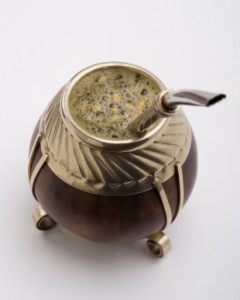 Have you heard of yerba mate? Made from dried, ground leaves and twigs of a tree indigenous to South America (Ilex paraguariensis), yerba mate is a caffeinated beverage that is steeped in hot water and drunk through a metal straw inserted into a dried gourd. This method of consuming yerba mate is known as mate cebado. Like coffee, tea and colas, yerba mate contains a stimulant (xanthine), and on average, contains about 330 mg of caffeine for every (1.5 quarts) consumed.
Have you heard of yerba mate? Made from dried, ground leaves and twigs of a tree indigenous to South America (Ilex paraguariensis), yerba mate is a caffeinated beverage that is steeped in hot water and drunk through a metal straw inserted into a dried gourd. This method of consuming yerba mate is known as mate cebado. Like coffee, tea and colas, yerba mate contains a stimulant (xanthine), and on average, contains about 330 mg of caffeine for every (1.5 quarts) consumed.
Why the interest? Well, coffee and consumption of caffeine have been linked to lower bone mineral density, accelerated bone loss and increased fracture risk, all major red flags for women as they age who become increasingly at higher risk for osteoporosis. Conversely, beverages like green and black tea, both of which have considerable caffeine content, are reportedly protective of bone. So, what about yerba mate and your bones?
In study in the January 2012 issues of Bone, researchers looked at the effect of yerba mate in postmenopausal women who drank at least a liter per day (prepared as mate cebado) for five years. These women were sedentary, did not smoke or also drink more than three cups of coffee or tea daily, were not on HRT or bisphosphonate therapy and used alcohol moderately. Yet, when they were compared to women of similar age and menopausal status who did not drink yerba mate, they were found to have higher bone mineral density levels at both the spine and hip. And, when researchers delved deeper, they found that only one other factor — body mass index — similarly and positively affected these BMD measures.
However, yerba mate contains high levels of xanthine, the same stimulant implicated in coffee’s detrimental effect on bone, implying that it wouldn’t be bone protective, right? A possible explanation for these positive bone effects is that yerba mate contains organic compounds, such as in particular, polpyphenols (antioxidant chemicals), flavonoids and alkaloids that may confer these positive benefits.
Before you start changing your caffeine habits, there are a few things that you need to know. Yerba mate has been linked to esophogeal and oral cancer and cancer of the larynx (although this may be associated with the temperature of the drink as well as the compound itself). Because it contains such a high level of stimulant, it may not be safe for people with high blood pressure who are especially sensitive to caffeine or who are taking blood pressure medications. Finally, there is some indication that in high doses, yerba mate can negatively affect the liver. So, it’s a beverage that’s best in moderation (take note lovers of Guayaki Organic Energy Shots!).
Me? I’m going to stick with my coffee habit and counteract any negative bone impact through weight bearing exercise. Still, it’s good to know that yerba mate may be an alternative worth looking into.
Read More
Got menobrain?
Boy, oh boy, I sure do. Forgetful, unfocused, downright ditzy. Will an extra boost of estrogen help? Not according to newly published data in the Proceedings of the National Academy of Sciences. In fact, researchers are now starting to dispute the link between declining levels of estrogen and cognition. And this, my dear friends, blows the lid off the roof when it comes to HRT and its use in boosting our thinking.
In this study, researchers tested 643 women — roughly half of whom started menopause within six years and the others, who were more than ten years into menopause. They also measured hormone levels, i.e. estradiol (naturally circulating estrogen), progesterone, testosterone and a hormone that binds specifically to so-called sex hormones. And, when they conducted analyses for each hormone separately, they found no link between declines in levels of estradiol and cognition in either group. Nevertheless, levels of progesterone were associated with better verbal memory and overall cognition in the women who were six years into the ‘pause.
So, what’s it all about? First of all, years into menopause (which equates to years of estrogen decline) do not appear to make a difference in mental focus. Moreover, it appears that if you are heading toward the HRT train to improve your memory and sharpen your thinking, you may want to hop off the next stop before you run the risk of developing serious diseases; the bottom line is that HRT is not the panacea for sharpening thinking and lessening the hazy menobrain. Additionally, a topical progesterone cream might be just the ticket to a thinking cap that doesn’t slip off over time.
Mind you, this doesn’t mean that estrogen has no effect on the brain whatsoever; that information should be filed under ‘TBD.’ But, if you are thinking HRT and preservation of your precious thinking cap, you may want to think again.
Read More
With gratitude
We’ve been missing in action this week. I’ve been moving into a new home and my partner in crime, Bob LeDrew, has been cooking up a storm of ideas for Guyside.
For our American readers, wishing you a splendid, joyful Thanksgiving. And for the rest of our readers, we can never say thanks enough.
We’ll be back in action on Monday with Flashfree and in December with Guyside.
Cheers!
Read MoreWho are you wearing?
Labels. Our world’s full of them. And they are no more pervasive than when applied to women, particularly as we age and start to become invisible, not only to others but also to ourselves. In fact, I am becoming acutely aware that some of these labels have slipped into my vocabulary.
That’s why I’m beginning to more fully appreciate the move that Prince made years ago when he changed his name to a symbol and became “the artist formerly known as…”Granted, one can argue that it was a publicity move of epic proportions and it sure did garner a lot of attention. But at the same time, it also shifted control. Perhaps he became himself again.
On the brink of a major change, I am once again challenging myself to step outside the comfort zone that labels provide and consider if I am not one of the following, who am I?
- a middle-aged woman
- a Cougar
- menopausal
- a woman ‘of a certain age’
- an old maid?
Better yet? Who are you? Have you, like me, allowed yourself to slip into these labels like a comfortable pair of socks?
Our generation of women came of age on the tails of Gloria Steinem, Shirley Chisolm, Ann Richards and Bella Abzug, women who not only reinforced the message that we should live within our skins but, that we should do so proudly. And yet, many of us have shed that pride and as I wrote a few years back, have somehow stopped wearing ourselves, as if we’ve somehow crossed into the wardrobe of no return, where invisibility is safer than rebellion.
I’m certainly not going to start burning my bras or marching in Washington for older women’s rights (see, there I go again). But I am going to make damn sure that as I cross the threshold of a new home, I start wearing myself again.
What about you? Who are you wearing?
Read More





